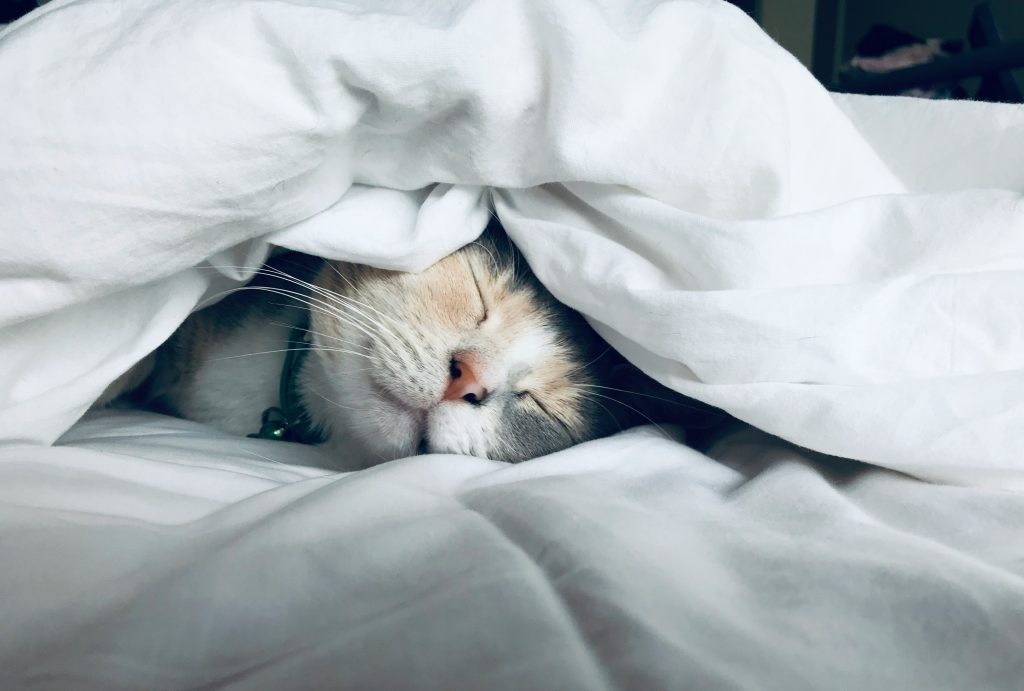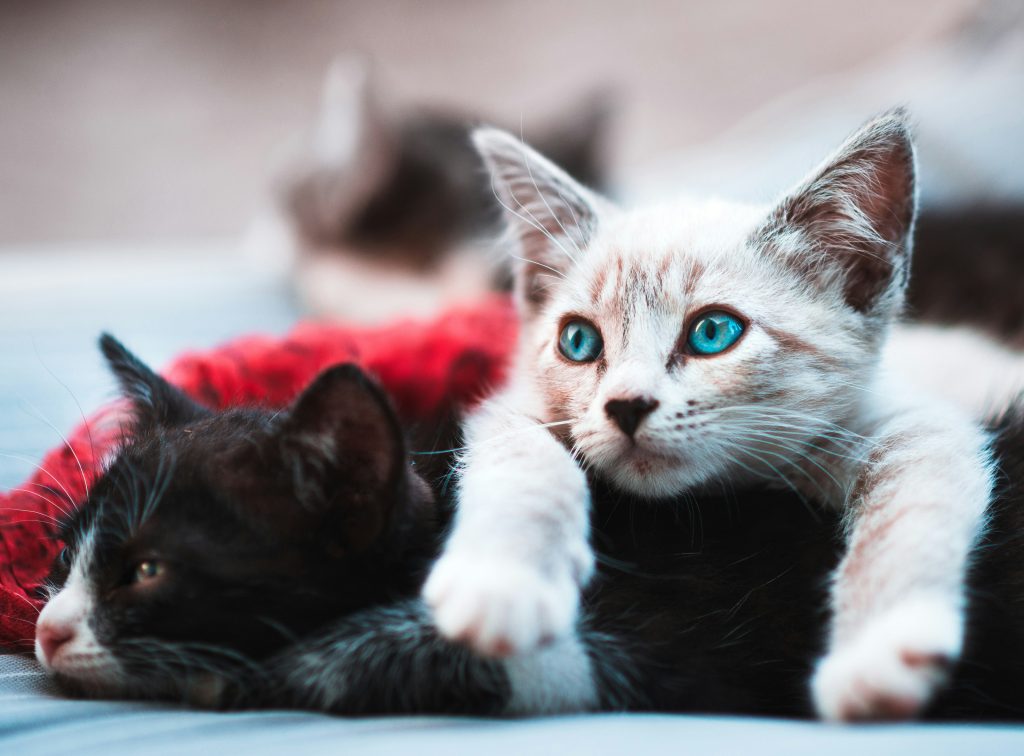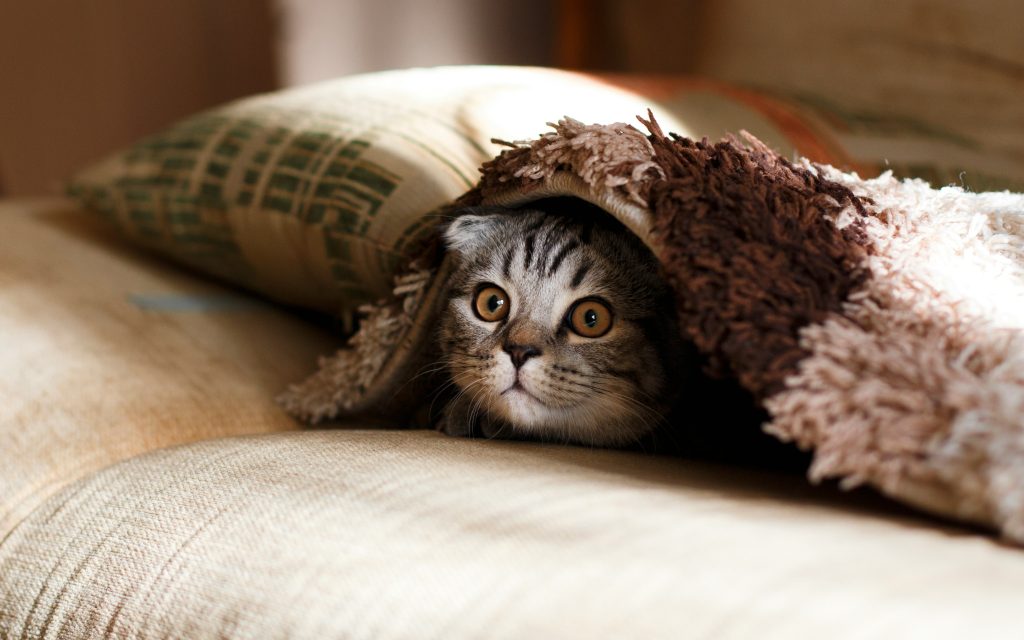Table of Contents
Socializing a cat paves the way for a fulfilling relationship between a feline and a human. Understanding a cat’s social needs and respecting their individuality can foster mutual trust and affection. This process involves patience and care as we guide our feline friends to feel safe and comfortable around humans. Organizations like Alley Cat Allies provide valuable resources, such as a guide to interactions between cats, that can help in this journey.
Whether you’re a seasoned cat owner or considering adopting a new furry companion, learning to socialize with a cat is critical to their well-being and shared happiness. Continue reading to unlock the secrets of cat socialization and discover how to create a lasting bond with your cat. Embrace the challenge and the rewards of a harmonious human-feline relationship.
Essential Steps to Socialize a Cat
Embarking on the path to socializing a cat requires dedication, but the steps are clear and achievable with the right approach.
1. Starting Early: The Best Age for Socialization
Early socialization during kittenhood, typically between 2 to 7 weeks, is ideal for shaping a cat’s future interactions and comfort around humans.
2. Gradual Introduction to Human Touch
Introducing a cat to human touch should be a gentle and gradual process. Allowing the cat to set the pace respects their comfort and builds trust. Alley Cat Allies emphasize the importance of patience and following a guide to cat interactions to facilitate this process.
3. Cultivating a Cat’s Comfort Zone
Establishing a comfort zone for socialized cats while providing safe spaces for unsocialized cats is imperative in nurturing their confidence and well-being in a human-centric environment.
4. Creating Positive Interactions and Experiences
Cultivating a cat’s trust involves consistently providing food, gentle interactions, and opportunities to associate human contact with comfort. Introduce your cat to different experiences, like the taste of wet food, to reinforce positive associations.
Offering Treats and Rewards
Offering treats and rewards is a powerful way to affirm positive behavior and reinforce the bond between you and your cat, making socialization enjoyable for both parties.
Engaging in Gentle Play
Playtime is a delightful opportunity to build trust with your cat. Engage in gentle, interactive games that stimulate their natural instincts while nurturing your connection.

Socialization Factors and Influences
Various factors influence a cat’s socialization, including the regular human interaction that lays the foundation for trust and companionship.
Time Spent With Humans: Building Trust and Companionship
For an unsocialized cat, time spent with humans can be transformative. It gradually builds trust and prepares the way for strong companionship.
Interactions: The Good, the Bad, and the Neutral
Every interaction with a feline friend is an opportunity to strengthen or weaken the cat’s trust. Positive experiences like gentle petting or playful engagement can foster trust and affection. On the other hand, negative interactions like loud noises or aggressive handling can erode trust quickly. Neutral experiences, which neither frighten nor excite, are also crucial as they provide a baseline of predictability in a cat’s life.
Environmental Stability and Stress Reduction
A stable environment is vital for socialized cats to thrive and for unsocialized cats to learn to trust. Maintaining a consistent routine within the home helps minimize stress. Understanding this need, an animal shelter may use calming pheromones to create a more inviting space for cats, which aids in their socialization process.
The Role of Spaying and Neutering in Behavior
Spaying and neutering can significantly affect a cat’s behavioral development. These procedures often reduce aggressive and territorial behaviors, making the cats more amenable to social interactions. They are less driven by hormones, which can facilitate easier socialization and contribute to a more peaceful coexistence with humans and other pets.
Personality and Breed: Each Cat’s Unique Nature
Every cat has its personality, and cat breeds contribute to this diversity. Some breeds are known to be more friendly and affectionate, while others may exhibit more independence. Understanding a cat’s unique traits is essential in tailoring socialization efforts to suit their temperament, ensuring a more harmonious human-feline bond.

Advanced Socialization Techniques
Developing advanced techniques can significantly enhance the socialization process for cats, making interactions more enjoyable for both the cat and its human companions.
Navigating the Challenges of Socializing an Older Cat
Patience is vital when socializing with an older cat. A mother cat’s nurturing can influence a cat’s openness to socialization, but older cats may require more time to trust. Introducing a cat toy can spark curiosity and interaction while calming pheromones can help create a more inviting atmosphere for the older feline.
Introducing Your Cat to New Human Friends
Introducing adult cats to new people should be done gradually. Ensure your cat has access to comfortable places where it feels secure. When guests visit, allow the cat to approach in its own time. Consider how introducing kittens to new faces may differ, as they often adapt more quickly.
Encouraging Cat-To-Cat Interactions
Learning from organizations like Alley Cat Allies can be invaluable when fostering positive cat-to-cat interactions. Ensuring encounters are free from negative experiences is crucial; gradual introductions and supervised meetings can help promote peaceful relationships between feline companions.
Using Food as a Socialization Tool
Food can be a powerful tool in a cat’s socialization journey. Treats during interactions can create positive associations, encourage trust, and make the cat more receptive to socialization efforts. This approach can be efficient in winning over a shy or hesitant cat.
Community and Professional Roles in Cat Socialization
Community engagement and professional expertise play vital roles in cat socialization, offering support and guidance to ensure each cat’s needs are met.
How TNR Programs Contribute to Feline Welfare
TNR (Trap-Neuter-Return) programs are crucial in managing feral cat populations and contribute significantly to their overall welfare by reducing stress and aggression, thus aiding their potential socialization with humans and other cats.
The Role of Animal Shelters in Socializing Cats
Animal shelters are pivotal in acclimating cats to human interaction, which can be a transformative step toward finding them loving homes. They provide a structured environment where cats can gradually adjust to indoor living and the presence of people.
Evaluation Techniques for Socialization Levels
Animal shelters often employ various evaluation techniques to assess a cat’s level of socialization. These methods help determine the appropriate socialization strategies and the potential fit with prospective adoptive families.
Advocating for Feline-Friendly Practices
Advocacy for feline-friendly practices involves promoting environments and routines that respect cats’ highly individualistic behaviors. Cat owners and caregivers must understand and implement strategies that cater to a cat’s instincts and comfort, ensuring their well-being and ease of socialization. This includes advocating for proper veterinary care, suitable living conditions, and positive reinforcement methods that help socialize a cat effectively.

Socialize a Cat: A Pathway to a Harmonious Human-Feline Relationship
To socialize a cat is to pave the way for a harmonious relationship that enriches the lives of both the cat and its human companions. It involves patience, consistent effort, and a deep understanding of feline behaviors and needs. The reward is a well-adjusted, contented cat and a bond that stands the test of time.
Sharing Insights and Success Stories
Cat owners often find inspiration and motivation in shared success stories and insights from others who have navigated the journey of socializing a cat. These narratives provide real-life examples and affirm the positive outcomes that can arise from dedicated, compassionate socialization efforts, emphasizing the joys and benefits of a well-socialized feline companion.
Expanding Your Knowledge Through Helpful Resources
Organizations such as Alley Cat Allies provide particularly beneficial resources for those caring for young kittens. They offer guidance on fostering growth and socialization from an early age, ensuring kittens develop into well-adjusted adult cats. Such resources are instrumental in expanding one’s knowledge and ability to socialize kittens effectively.
Conclusion: The Gift of Feline Friendship
In embracing the journey of socializing a cat, we acknowledge that cats are individuals, each with unique behaviors and needs, including their sometimes mysterious penchant for cat scratching. As they evolve from mere pets to cherished family members, the bonds we form with them immeasurably enrich our lives. The shared experiences and the mutual affection that grows with time is the ultimate gift of feline friendship—an enduring connection that brings joy, comfort, and companionship to humans and cats alike.

Hi, I’m Zoey, a devoted mom to two charming Siamese cats. My passion lies in assisting fellow pet owners in providing optimal care for their cats. On CatsEuphoria, I share practical tips and relatable stories, inviting you to join me in appreciating the authentic bond between humans and our beloved feline companions.




